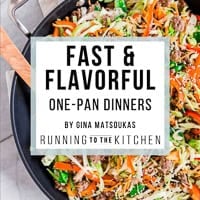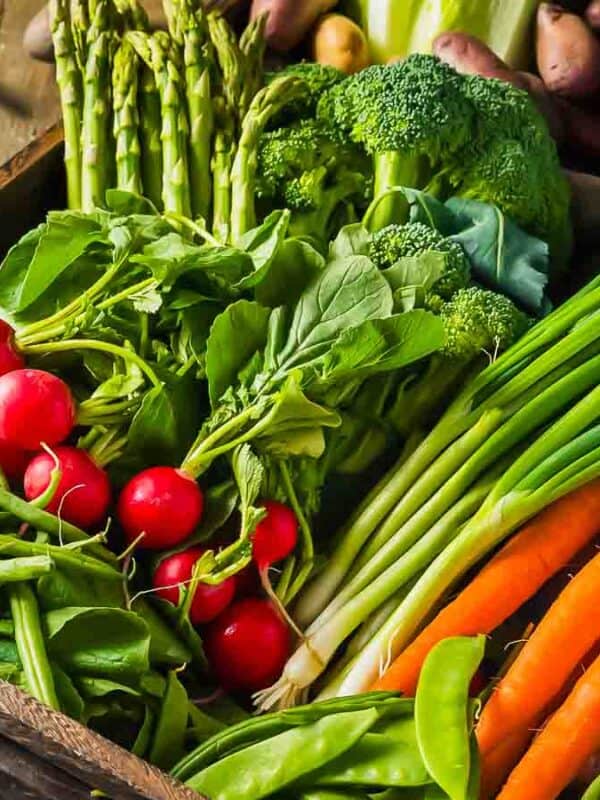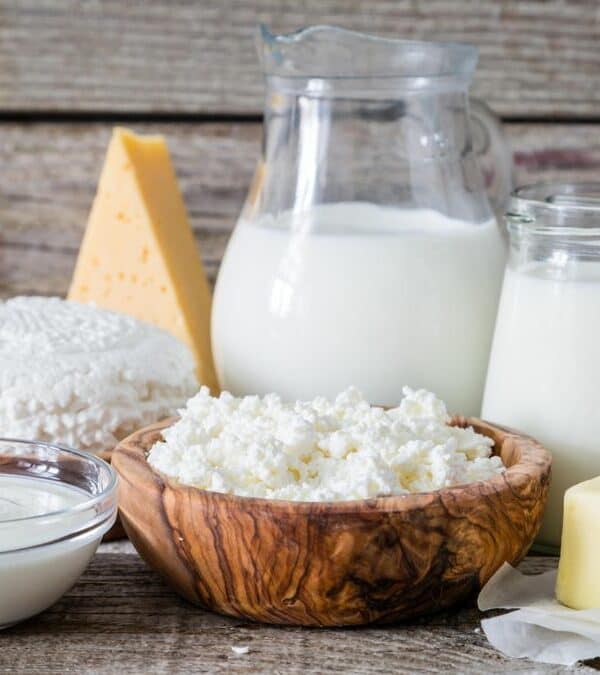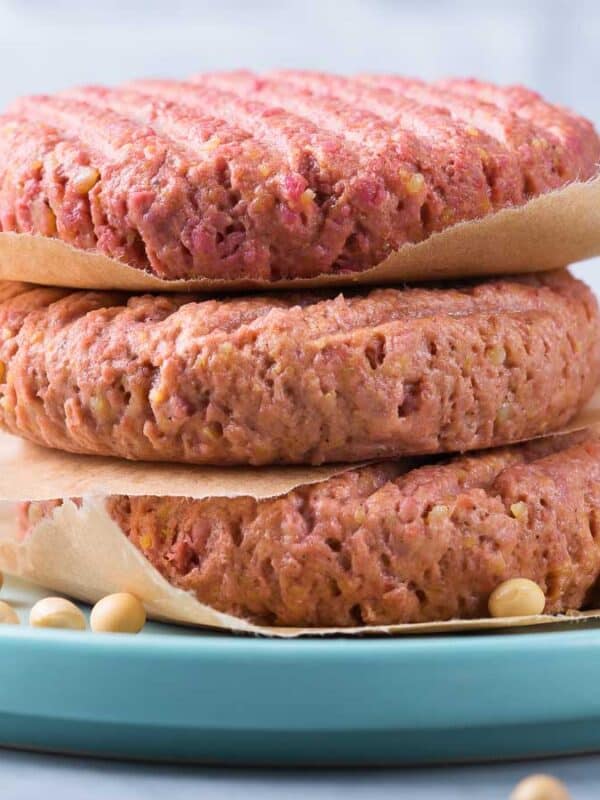Around the globe, countries take varied approaches to food safety, setting their own rules on which ingredients and production methods are deemed acceptable. What’s routine in the U.S. food industry often faces stricter scrutiny abroad. With the U.S. grappling with high rates of chronic illnesses and food-related disorders, it begs the question: could certain widely-used, yet overseas-banned, additives be contributing to America’s public health challenges?
In the States, the Food and Drug Administration (FDA) and the Food Safety and Inspection Service (FSIS) oversee food safety, adopting a “Generally Recognized As Safe” (GRAS) stance. This means additives are presumed safe based on expert consensus or historical use, rather than extensive new testing. In contrast, regulatory bodies in places like the European Union demand rigorous safety demonstrations before any new food additive graces supermarket shelves. This fundamental difference in regulatory philosophy may explain why some products available in the U.S. are forbidden elsewhere.
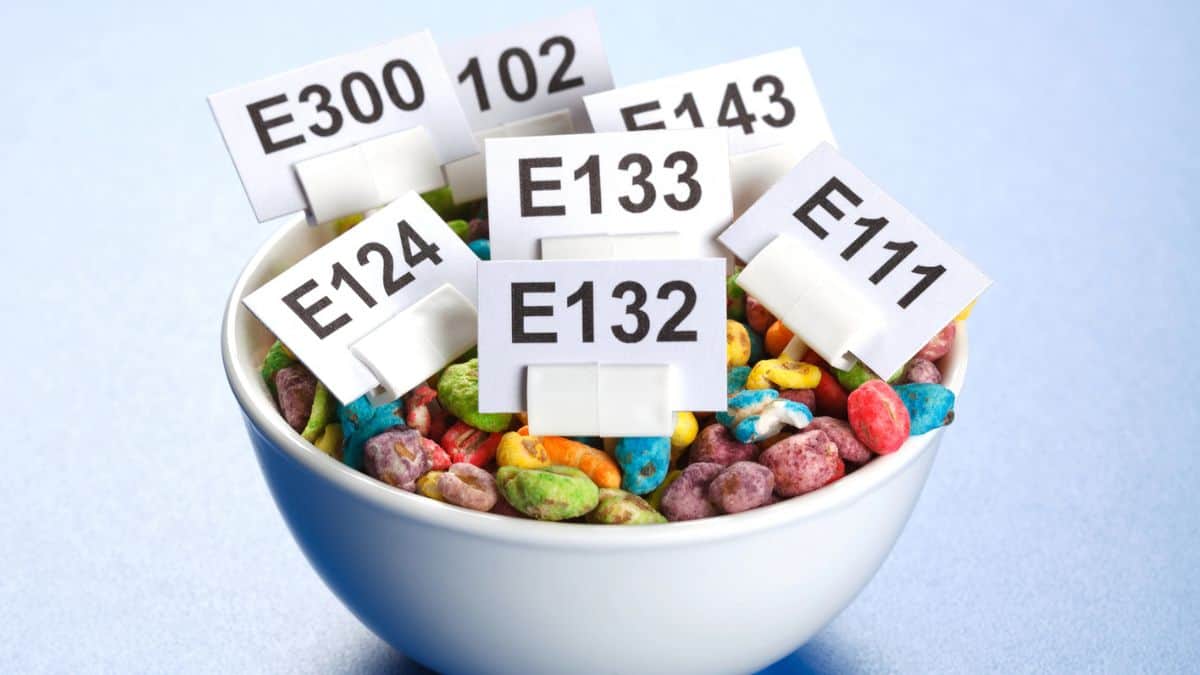
Titanium Dioxide

Titanium dioxide is a widely used additive in many American food products, often camouflaged on labels as “artificial color” or “added color,” making its presence less obvious. This ingredient finds its way into a variety of items, from candies and sweets to cottage cheese, cake icing, soups, sauces, and even some alcoholic beverages, not to mention numerous other processed foods.
Despite its widespread use in the US and Canada, the European Union has banned titanium dioxide due to concerns over health risks, including potential links to lung cancer. Although conclusive evidence is still forthcoming, the state of California has proactively banned products like Skittles for containing titanium dioxide among other additives, highlighting the growing scrutiny over its safety.
Brominated Vegetable Oil
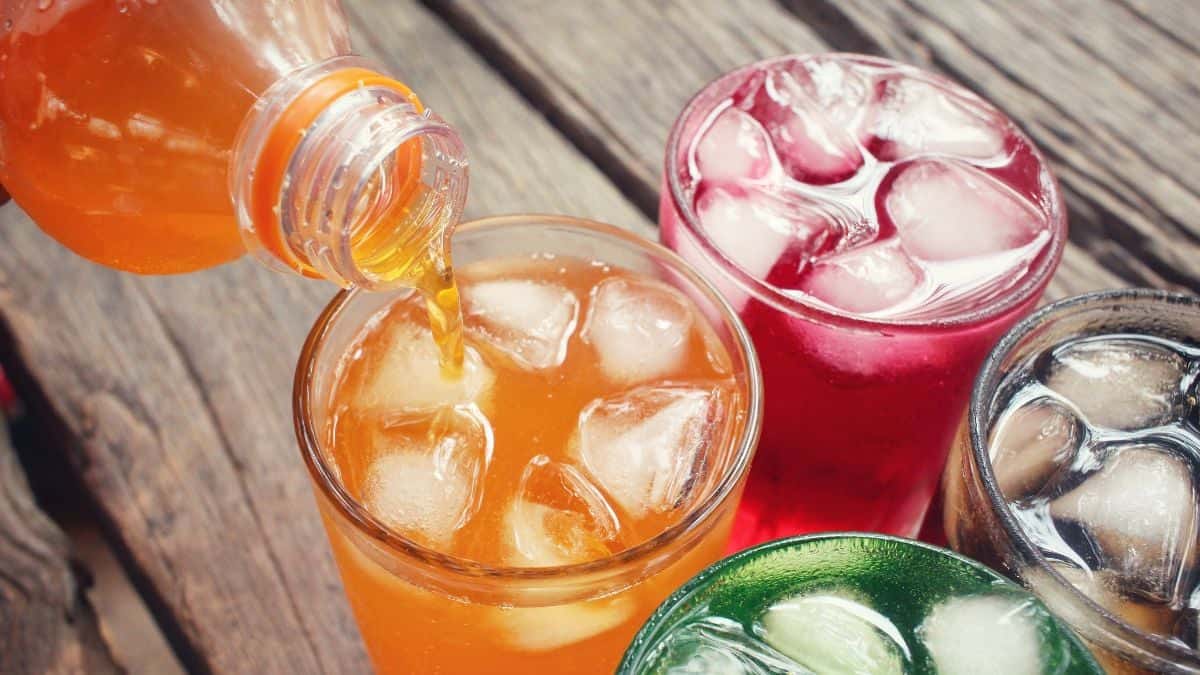
Brominated Vegetable Oil (BVO) finds its use primarily in citrus-flavored sodas and sports drinks in the US, serving as an emulsifier to help blend oil-based flavors with water-based components. Despite its functionality, BVO’s safety has come under scrutiny; it’s banned in regions such as the European Union, Japan, and the UK due to health concerns.
The FDA has even proposed a ban, citing evidence that BVO can disrupt thyroid function—critical for regulating metabolism and hormone balance. While some manufacturers have begun phasing out BVO, consumers are still advised to check labels for this controversial ingredient.
BHA and BHT

BHA and BHT are synthetic antioxidants widely used in the United States to extend the shelf life of numerous food products, including dry mixes, cereals, and various frozen items. Found not only within the food itself but also in the packaging, these chemicals are under scrutiny for their potential carcinogenic properties and ability to disrupt hormone functions, leading to adverse health effects.
Despite their widespread use in American brands like Kellogg’s and Pillsbury, countries such as the UK, the European Union, and Japan have banned BHA and BHT in food products. Ongoing research, particularly in animals, suggests a link between these preservatives and an increased cancer risk, though human studies remain inconclusive. As the debate continues, consumers are encouraged to read labels carefully to make informed choices about their food.
rBST

Recombinant bovine somatotropin (rBST) is a synthetic hormone administered to cows to boost their milk production, a practice common in the United States. As a result, products such as milk, yogurt, cheese, and ice cream might contain traces of rBST. Despite its prevalence in the US dairy industry, several companies have taken a stand against the use of rBST in their products, aligning with consumer health concerns and animal welfare.
Both Europe and Canada have prohibited the use of rBST, not necessarily because of its direct impact on human health—research on this is still inconclusive—but due to the ethical concerns and potential health problems it poses to dairy cows.
Artificial Food Dye

Synthetic food dyes, including popular ones like blue 2, yellow 5, and red 40, are widely used by food manufacturers in the United States to make products more visually appealing. These artificial colors are found in a variety of items, from beverages and candies to condiments and even maraschino cherries, brightening everything from mustard to salmon and pickles. Despite their prevalence, studies have raised concerns about the health impacts of these dyes, including links to behavioral issues in children and potential cancer risks.
Interestingly, the US once relied on natural dyes until the cost-effective shift to chemical alternatives that offer more vibrant colors. Unlike the US, regions like Europe and Australia have opted for bans on these artificial additives. Quaker Oats Strawberries & Cream is a great example. The U.S. version has zero strawberries and mimics the look and taste of real strawberries by using “Flavored and Colored Fruit Pieces” comprised of dehydrated apples, artificial strawberry flavor, citric acid, and the artificial dye Red 40. Whereas the U.K. version uses freeze dried strawberries and raspberries to get that pink color.
Potassium Bromate

Potassium bromate, a chemical used as a dough conditioner in the bread-making process, enhances the texture and strength of bread, particularly in products like white bread, rolls, and various “egg breads.” Classified as a possible human carcinogen (category 2B), it has raised health concerns, including increased risk of cancer and respiratory issues such as asthma. Due to these potential health risks, countries like China, India, Brazil, the European Union, and Canada have banned the use of potassium bromate.
Propylparaben

Propylparaben, a preservative found in a variety of US food products such as tortillas, muffins, and trail mix, has sparked health concerns due to its potential impact on hormonal balance and reproductive health. Research, including studies on young rats, suggests that propylparaben can interfere with sex hormones and reduce sperm counts. Further studies, like those from Cornell University, have raised alarms about its possible connection to breast cancer, highlighting the risks associated with endocrine-disrupting chemicals.
Despite these findings, propylparaben remains approved for use in the United States. However, the European Food Safety Authority has taken a more cautious stance, banning propylparaben in food since 2006 and extending the ban to cosmetics in 2015, reflecting significant international concern over its safety.
GMOs

Genetically modified organisms (GMOs), introduced in the 1980s, have sparked widespread debate, especially with the majority of certain crops in the U.S. like soy, corn, and canola being genetically altered. The controversy centers around safety concerns, leading many European nations to either ban or strictly regulate GMOs. A notable modification in some GMO crops allows them to withstand herbicides, with glyphosate-based products like Roundup being particularly common.
The link between glyphosate exposure and cancer has fueled legal battles and public outcry, resulting in restrictions or outright bans in numerous countries worldwide.
Herbicides, Insecticides, Fungicides

The use of herbicides, insecticides, and fungicides is commonplace in the U.S. agriculture sector, employed extensively to protect crops from pests and diseases. However, the health implications of these chemicals have prompted significant action abroad. In a striking contrast, the European Union, noting potential human health hazards, had prohibited the use of 72 out of the 374 active ingredients approved in the U.S. as of 2016.
Olestra

Olestra, marketed as Olean, emerged as a cholesterol-free fat substitute developed by Procter & Gamble and received FDA approval in the 1990s. Found in some potato chips and french fries, Olestra was touted for its ability to mimic the texture of fat without the associated calories. However, it has been linked to adverse digestive effects, including diarrhea and other gastrointestinal issues, and can inhibit the body’s absorption of essential fat-soluble vitamins and carotenoids when consumed in large quantities.
Reflecting concerns over these health impacts, Olestra has been banned in countries like Canada and the United Kingdom.
10 Risky Foods That You’re Better Off Avoiding According To Food Safety Experts
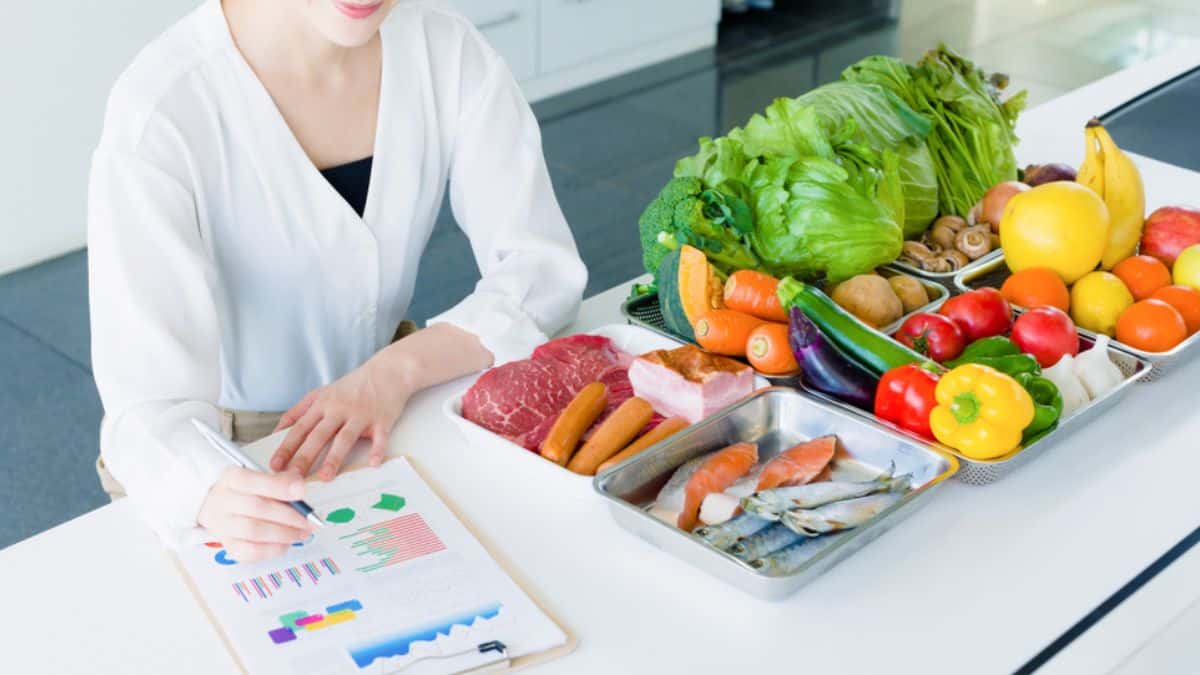
Not to dampen your foodie spirit, but some eats come with a side of risk that’s not listed in the description. From raw sprouts that could be throwing a bacteria party, to that rare steak from your favorite restaurant that’s playing with danger, this guide walks you through the minefield of risky eats out there and offers some safer, just-as-tasty alternatives to try instead.
See Them Here: 10 Risky Foods That You’re Better Off Avoiding According To Food Safety Experts
10 Foods Safe To Leave Out Overnight And Still Enjoy
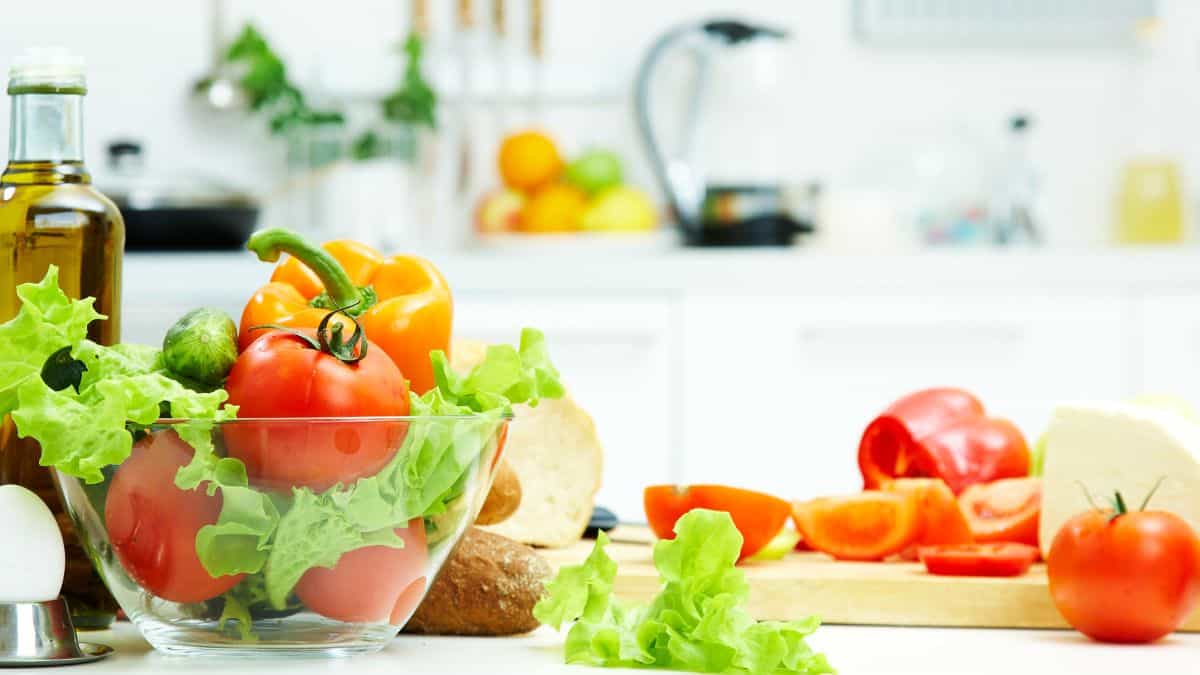
Ever found yourself wondering if that pizza slice is still good after spending the night on the counter? We’ve all faced the late-night dilemma of whether to fridge it or risk it. Here’s a list of foods that can safely hang out on your counter overnight and still be tasty and safe to eat the next day. No more need to guess!
See Them Here: 10 Foods Safe To Leave Out Overnight And Still Enjoy
Top 10 Most Common Food Safety Mistakes People Make At Home
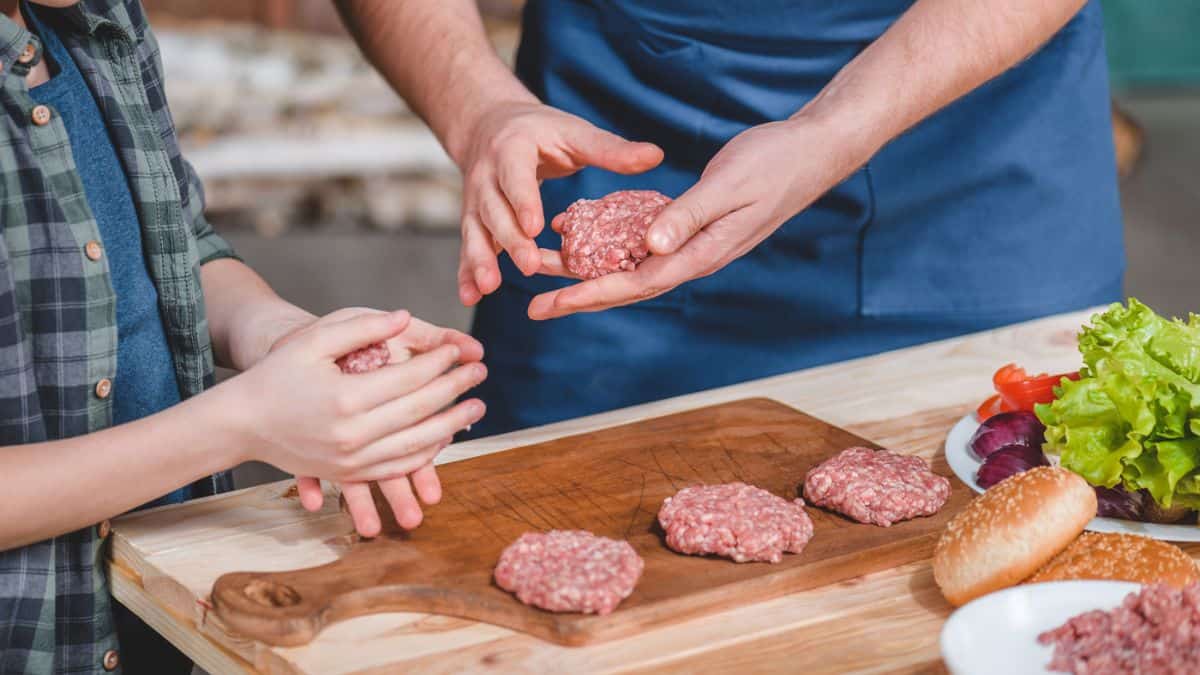
Navigating kitchen safety can sometimes feel like walking through a minefield of dos and don’ts. Let’s shed some light on the common food safety mistakes that sneak into our daily routines. By understanding and adjusting these small, often overlooked actions, we can significantly improve our food handling practices and keep our kitchens and families safe.
See Them Here: Top 10 Most Common Food Safety Mistakes People Make At Home
Select images provided by Depositphotos.
Gina Matsoukas is an AP syndicated writer. She is the founder, photographer and recipe developer of Running to the Kitchen — a food website focused on providing healthy, wholesome recipes using fresh and seasonal ingredients. Her work has been featured in numerous media outlets both digital and print, including MSN, Huffington post, Buzzfeed, Women’s Health and Food Network.
